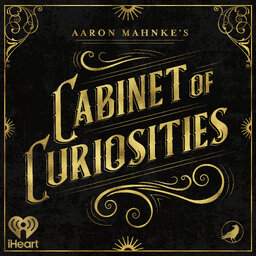Face the Facts
Everyday people doing extraordinary things. That's when the truly curious stories are born. And if that's the sort of delight you're looking for, today's tour through the Cabinet will put a smile on your face.
Learn more about your ad-choices at https://www.iheartpodcastnetwork.com
 Aaron Mahnke's Cabinet of Curiosities
Aaron Mahnke's Cabinet of Curiosities


